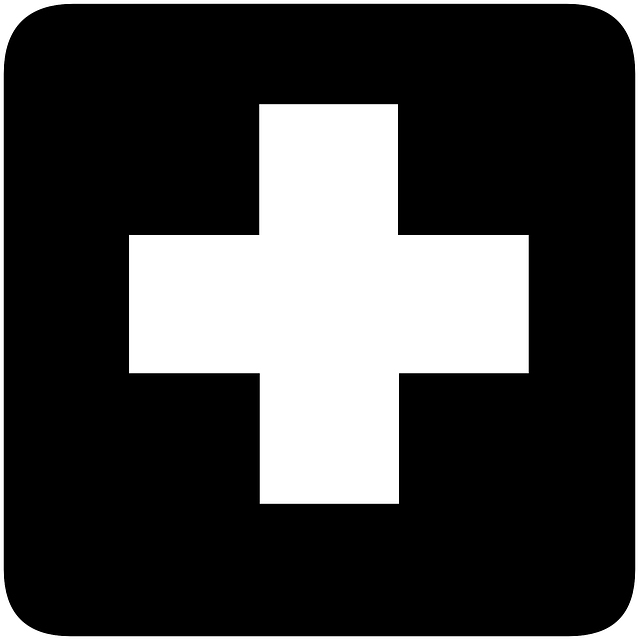In South Africa, individuals must choose between medical aid and health insurance for healthcare coverage. Medical aid is a private scheme offering comprehensive long-term plans with routine care benefits, while health insurance provides flexible short-term cover for unexpected expenses. The decision depends on personal factors like age, health, budget, and desired control over healthcare providers. Understanding these differences is crucial when selecting between medical aid and health insurance to ensure adequate coverage and manage healthcare costs effectively. (Medical Aid Vs Health Insurance)
Navigating the healthcare system in South Africa? Understanding Medical Aid vs. Health Insurance is crucial for ensuring optimal care and financial protection. This comprehensive guide demystifies these essential components of South African health coverage, highlighting key differences to help you make an informed decision. We’ll break down the process step-by-step, empowering you to choose the best option tailored to your unique needs.
- Understanding Medical Aid and Health Insurance in South Africa
- Key Differences Between Medical Aid and Health Insurance
- Steps to Choose the Right Option for Your Needs
- Conclusion: Making an Informed Decision
Understanding Medical Aid and Health Insurance in South Africa

In South Africa, both medical aid and health insurance play vital roles in ensuring access to quality healthcare services. However, they serve different purposes and have distinct characteristics. Medical aid is a private, not-for-profit industry offering comprehensive healthcare coverage, often with a focus on preventive care and routine procedures. It typically involves monthly contributions or premiums, and members can choose from various plans catering to different needs and budgets. On the other hand, health insurance is a form of risk management, providing cover for specific medical expenses, such as hospitalisation, surgeries, and prescriptions. This type of insurance is usually purchased to protect against unexpected, high-cost medical events.
Understanding the difference between medical aid and health insurance is crucial when making an informed decision. Medical aid tends to offer a broader range of services, including routine check-ups, maternity care, and certain alternative therapies, often with in-network healthcare providers. Health insurance, while covering essential treatments, may have exclusions for pre-existing conditions and specific procedures, and it typically requires the use of approved healthcare facilities. Choosing between them depends on individual health needs, financial considerations, and preferred levels of coverage.
Key Differences Between Medical Aid and Health Insurance

When considering healthcare coverage in South Africa, understanding the distinction between medical aid and health insurance is paramount for making an informed decision. While both serve as financial safeguards during medical emergencies, they operate on slightly different principles. Medical aid, often referred to as private healthcare, typically involves long-term contracts where members pay monthly premiums in exchange for access to a network of hospitals and specialists. This system usually offers comprehensive coverage, including routine check-ups, hospital stays, and various treatments.
On the other hand, health insurance is usually short-term and often tied to specific needs. It covers unexpected medical expenses, such as doctor’s visits or hospitalisations, but may exclude pre-existing conditions. Health insurance policies are generally more flexible, allowing individuals to switch providers or adjust coverage as their circumstances change. The choice between these options depends on personal needs, budget, and whether one prefers long-term security or more adaptable short-term protection (Medical Aid Vs Health Insurance).
Steps to Choose the Right Option for Your Needs

Choosing the right medical aid or health insurance plan in South Africa can seem daunting, given the various options available. Start by understanding the key differences between medical aid and health insurance: Medical aid is a long-term savings scheme where members contribute monthly premiums to access a network of healthcare providers, often with co-payments for specific treatments. Health insurance, on the other hand, provides short-term cover and pays out directly to healthcare providers based on agreed-upon rates, usually without member contributions.
Next, assess your individual needs and circumstances. Consider factors like age, existing health conditions, family size, income, and lifestyle choices. Compare different plans based on these criteria, looking at the type of coverage offered (e.g., in-patient vs out-patient), network of service providers, waiting periods, and exclusions. Regularly review your options to ensure you have the best possible cover that suits your evolving needs.
Conclusion: Making an Informed Decision

When it comes to choosing between medical aid and health insurance in South Africa, understanding the nuances of each is key. While both options offer financial protection against medical expenses, they operate differently. Medical aid is often tied to employment and provides a comprehensive range of benefits, including chronic disease management and preventative care. Health insurance, on the other hand, offers more flexible coverage, allowing individuals to choose their preferred healthcare providers and specialists.
Ultimately, the decision between medical aid and health insurance depends on personal circumstances and preferences. By evaluating your health needs, budget, and desired level of control over healthcare choices, you can make an informed decision that best suits your unique situation. This careful consideration will ensure you access quality healthcare while managing your financial obligations effectively.
When navigating the intricate landscape of medical aid vs health insurance in South Africa, understanding your options is key. This guide has empowered you with knowledge about these two essential components of healthcare coverage. By comparing their unique features and following the step-by-step process outlined, you can make an informed decision that aligns with your specific needs. Remember, the right choice ensures access to quality healthcare while optimising your financial well-being.

